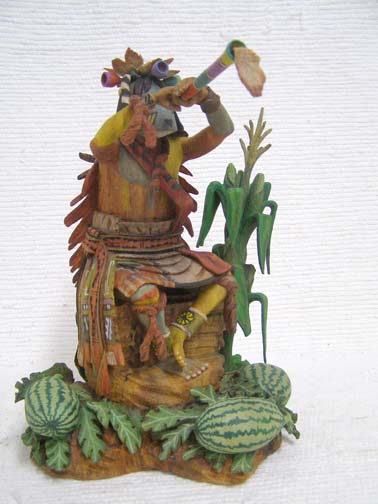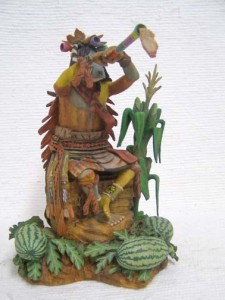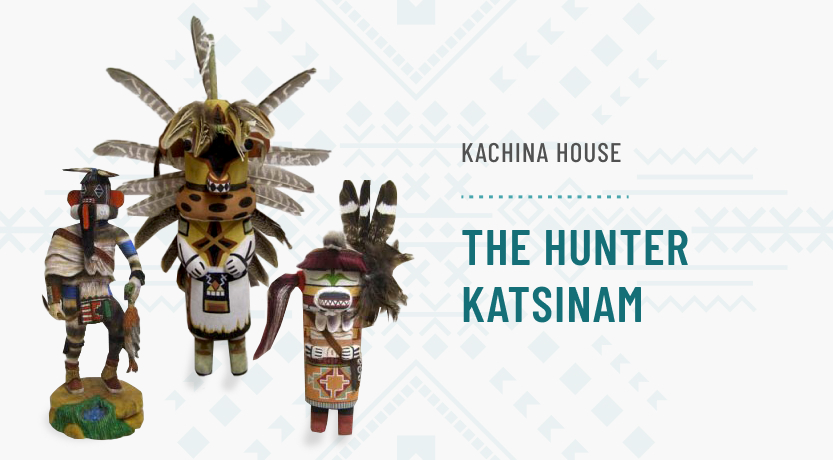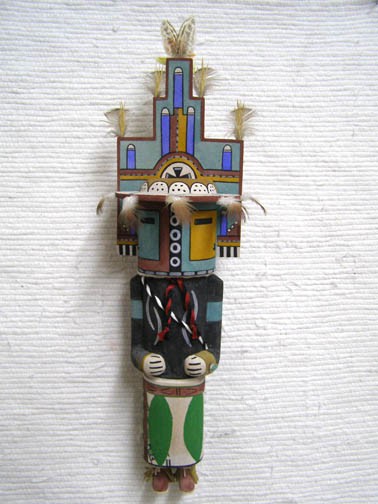
 Held on opposite years from the Snake Dance, the Flute ceremony is held in August. This nine-day celebration is held to encourage rain and the growth of the corn crop, as well as the continuity of life after death. During the days leading up to the ceremony, an altar is constructed with carvings and paintings to represent the clouds that will bring rain to the villages.
Held on opposite years from the Snake Dance, the Flute ceremony is held in August. This nine-day celebration is held to encourage rain and the growth of the corn crop, as well as the continuity of life after death. During the days leading up to the ceremony, an altar is constructed with carvings and paintings to represent the clouds that will bring rain to the villages.
The Flute Ceremony begins with a procession through the village. The clan chief leads a group that includes the flute boy, flute girls, men carrying cornstalks and warriors with bullroarers. Prayers for rain are said and a priest scatters corn meal on the ground before the flute altar. Water is poured into a bowl from all directions to symbolize the rain clouds and a bullroarer is used to represent the sound of thunder.
The unwrapping of the tiponi occurs on the sixth day of celebration. The tiponi is made of wood, shaped like a cup and decorated with rain cloud and corn symbols. Inside the cup rests a single ear of corn or corn grains. This corn represents the seed that was carried by the early tribes throughout their migrations. Wrapped in cotton string and feathers, the tiponi is unwrapped by a flute priest so the corn within can be planted. A new ear of corn is then placed within it and re-wrapped until the following year.
Visit us online or at 2920 Hopi Drive in Sedona, Arizona.




